Products
History Of Stainless Steel
Only a few corrosion resistant iron has achieved to survive from ancient times up to today. The most famous and largest example of this is the "Iron Pillar of Delhi", which was built by Kumara Gupta I in Delhi, India in the 400's. But unlike stainless steel, the non-corrosive function of this iron monument does not come from chromium, but it comes from it's being rich in phosphorus.
Phosphorus, together with suitable regional weather conditions, forms a protective surface layer consisting of iron-oxide and phosphorus on the surface of the monument and provides resistance to the iron against corrosion.
The corrosion resistance of iron-chromium alloys was first recognized by French metallurgist Pierre Berthier in 1821.
The technology at that time was not enough to process the iron and chromium as it is today, so they could not achieve to use it in practice. In the 1890s, the German Hans Goldschmidt discovered the aluminothermic method leading to the production of carbon-free chromium. Since that time, many studies have been conducted in the field of stainless steel.
More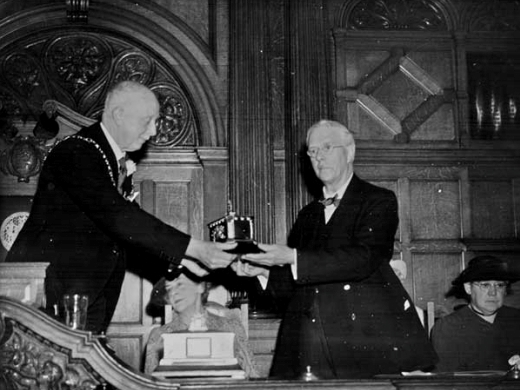















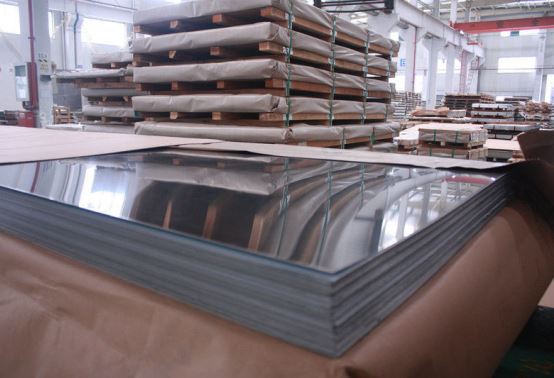
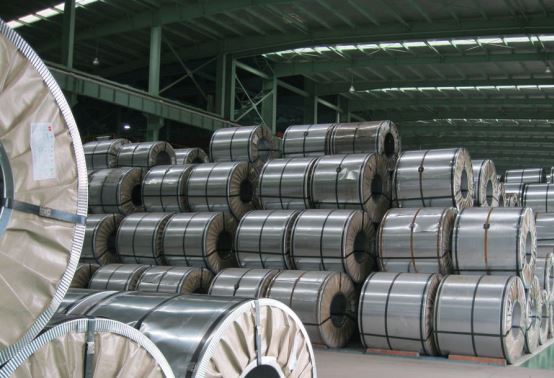
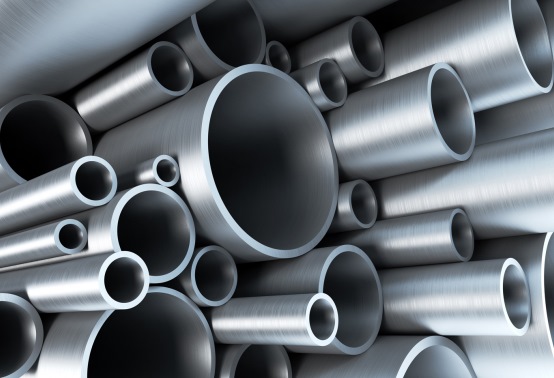
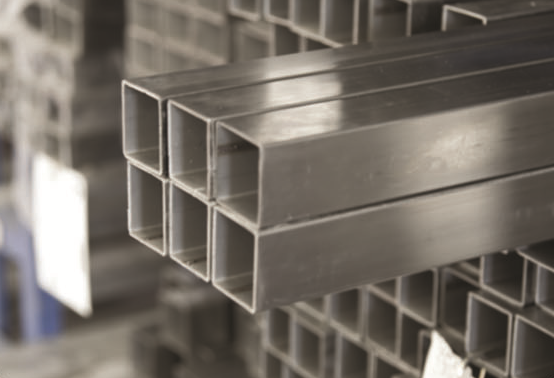
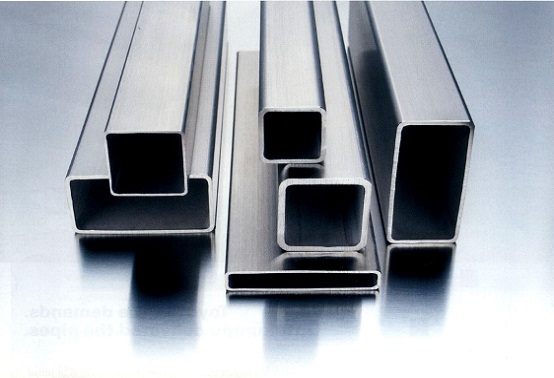
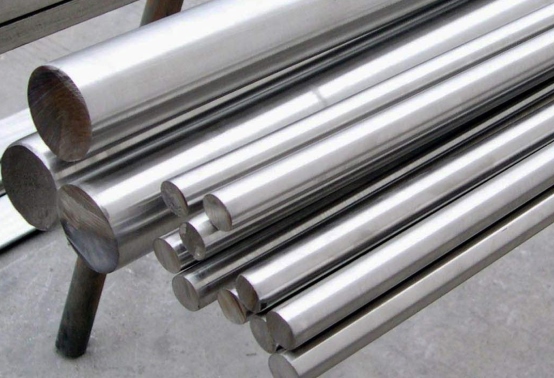
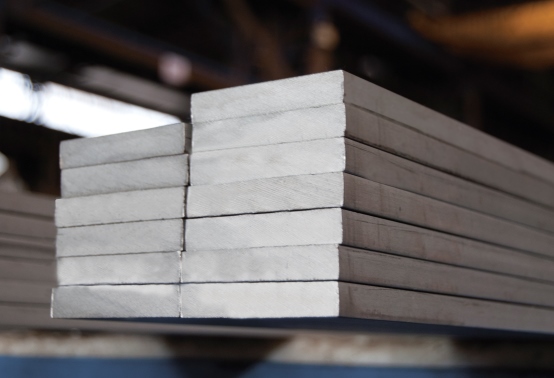
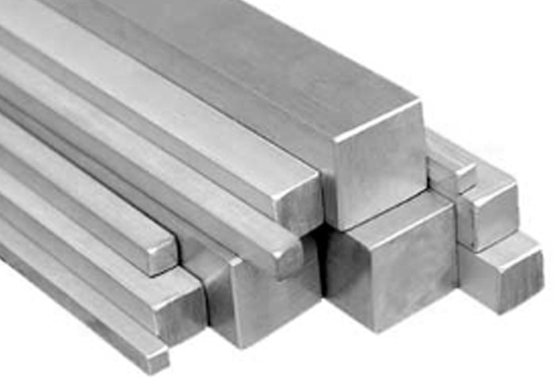
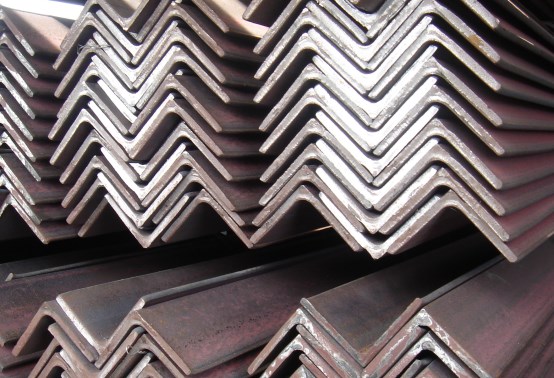
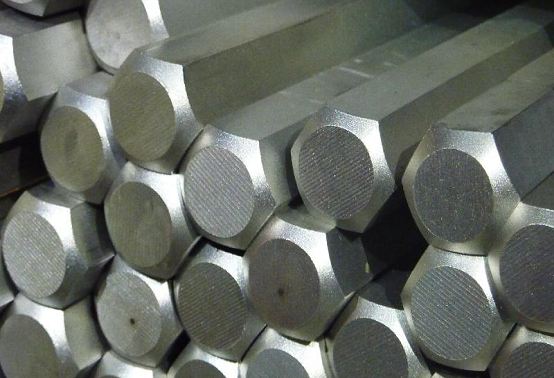
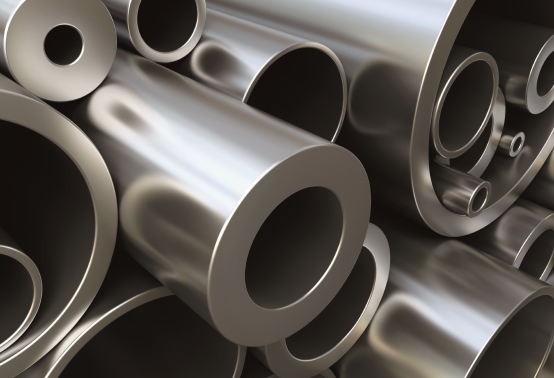

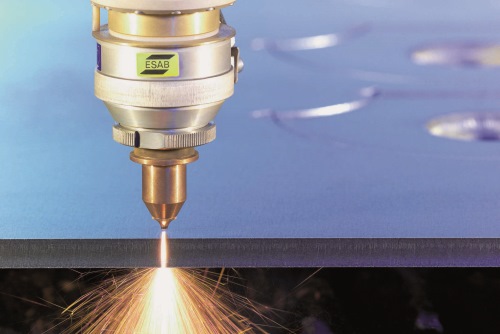
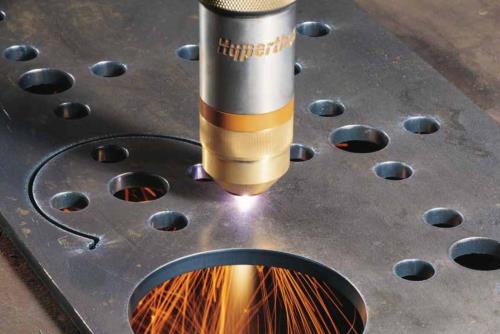

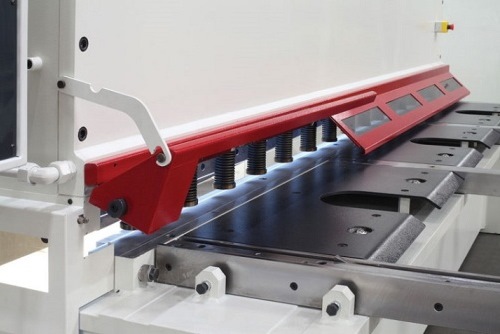
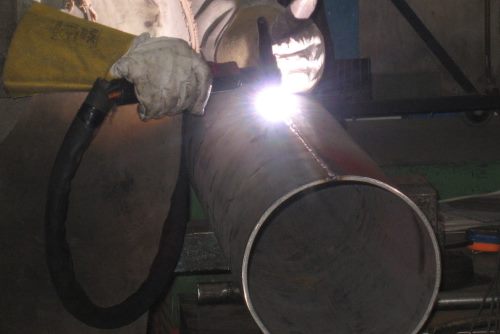
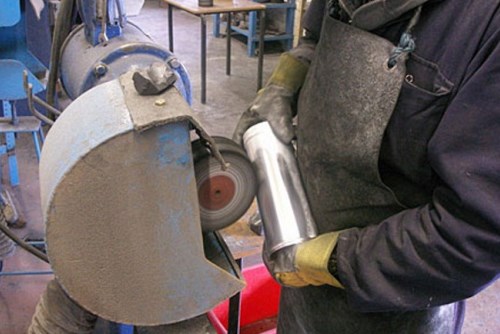
 Scroll
Scroll